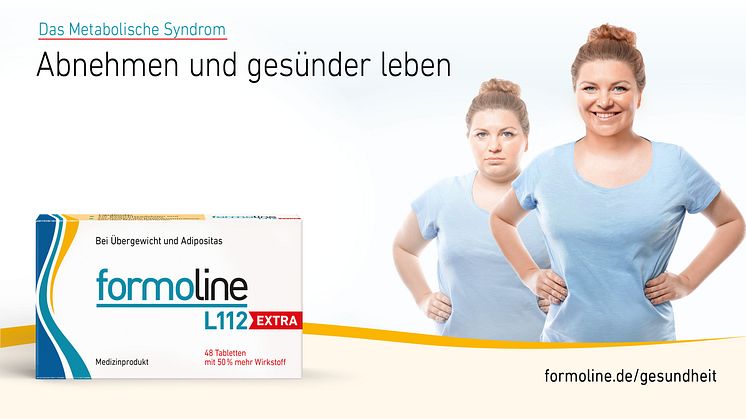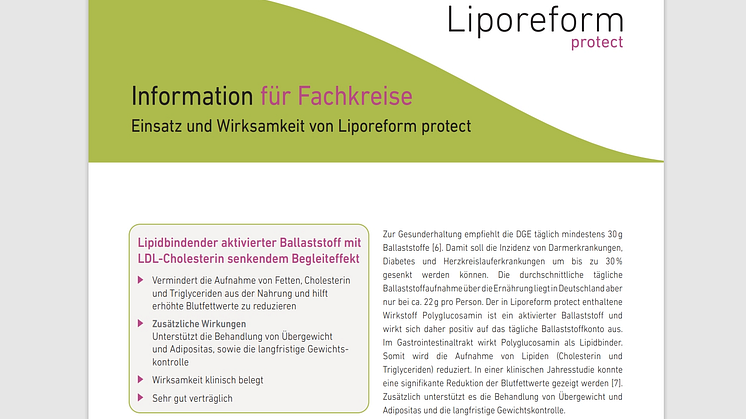News -
A single oral dose of a polyglucosamine influences the bioavailability of [9-14C]- Oleic acid in adult female Göttingen minipigs
Nicole H. P. Cnubben (1*), Shanti L. Tel (1) , Marleen A. Hemmes (1), Astrid Langenkamp-Brand (1) , Dimitri Grossouw (2) ,Harm T. Jansen (2) and Bert T. H. J. de Bie (1)
1 TNO Triskelion BV, P.O. Box 844, Utrechtseweg 48, 3704 HE, Zeist, The Netherlands.
2 TNO, P.O. Box 360, Utrechtseweg 48, 3704 HE, Zeist, The Netherlands.
Received: 15 July 2015, Accepted: 29 February 2016, published online: 15 March 2016, DOI: https://doi.org/10.1186/s40608...
Abstract
Background
Worldwide obesity has nearly doubled since 1980 and is a leading risk for global deaths, profoundly affecting morbidity, mortality, health-care costs, and professional and personal quality of life. Treatment of obesity and its consequences include lifestyle intervention, pharmacotherapy, and bariatric surgery. Polyglucosamines have been proposed as an alternative strategy for treating obesity, by reducing the amount of absorbed fat through interaction with dietary fat through various mechanisms. The objective of this study is to investigate the influence of polyglucosamine on the bioavailability of the model compound [9-14C]-oleic acid in female Göttingen minipigs.
Method
The study consisted of two treatment groups, each consisting of six adult female Göttingen minipigs with a catheterized vena jugularis to enable frequent blood sampling. One group served as the untreated group (control) and the other group was pre-treated with 2 tablets of 500 mg formoline L112. After 30 min, all animals were dosed orally with [9-14C]-oleic acid. Excreta and blood samples were collected for analysis of radioactivity from 48 h pre-dose up to 144 h post-dosing. At sacrifice, the liver and contents of the gastrointestinal tract were collected for radioanalysis.
Results
Upon treatment with polyglucosamine (formoline L112), the Tmax of [14C]-oleic acid in plasma was shifted from 4 to 16 h, and the Cmax decreased significantly from 14.1 μg/g to 3.3 μg/g. In addition, upon treatment with polyglucosamine the internal exposure to [14C]-oleic acid as reflected by the area under the curve during the 0–12 h post-dose time interval (AUC0-12h), is significantly decreased to 32.9 % of the plasma value of [14C]-oleic acid in untreated animals. Even up to 24 h post-dose, the AUC0-24h is significantly decreased to 50.7 % of the plasma value in untreated animals and this significant effect is prolonged up to 60 h post-dose.
Conclusions
This study shows that treatment with polyglucosamine (formoline L112) reduces (as judged by Cmax & AUC) and delays (as judged by Tmax) fat absorption from the gastrointestinal tract into the systemic circulation and limits peak exposure to free fatty acids which may contribute to a more beneficial condition in overweight humans.




